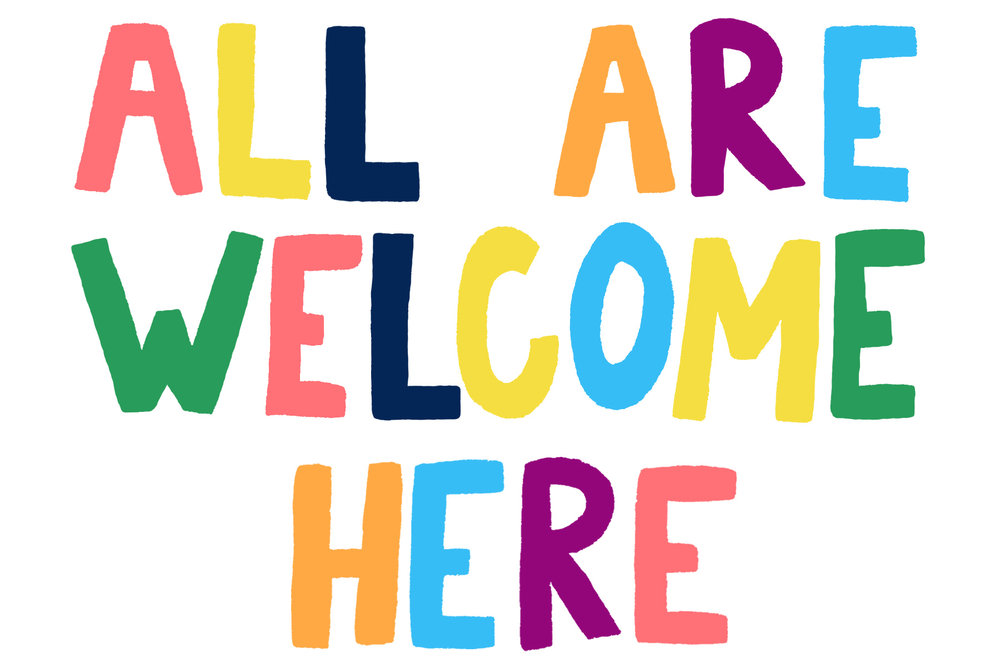An Inclusive Movement

Hi all!
Hope everyone is doing well and enjoying the sunshine, no matter where in the world you may be joining us from. Today’s chat is inspired by another one of our recent Wednesday Webinars, led by Michael Recht MD, PhD, MBA and Alexis Dinno MPH, MEM, ScD. The webinar was titled Representation of Gender in Research and Clinical Contexts and it dove into the importance of using inclusive language and actions in the healthcare world, with specific examples of how to do so. Dinno also spent a portion of the presentation relating this topic to the bleeding disorders community, so we can continue to be inclusive in all we do in this community!
Dinno begins by clarifying the difference between sex and gender before giving us a quick overview of gendered and gender-neutral pronouns. She does a stellar job of explaining this so I highly recommend watching her webinar, but here’s a quick visual guide for those who would like to better understand the importance of this issue.
This topic is especially relevant in this community as many bleeding disorders are sex-linked, so sex and gender are weaved into nearly all our conversations on bleeding disorders. Therefore, using inclusive language is essential to accept and embrace everyone within this community.
As we know, women were left out of the community for decades because hemophilia was erroneously assumed to only affect men. This has had lasting repercussions as women still struggle to receive an accurate bleeding disorder diagnosis, when compared to men. And many still describe hemophilia as a condition that only affects “sons”. These are examples of how using gender-neutral language would ensure everyone is included and represented in the conversation.
Similarly, you will notice me and many others at NHF, WFH, and ATHN use phrases like “those who menstruate” or “people with cycles” when discussing reproductive health in this community. You may also see “those who have the potential to menstruate”, as many people in this community have had gynecological surgeries or other health procedures that halt menstruation (one of many examples: hysterectomies). As you can see, this language remains gender-neutral, validates varied experiences, and overall, embraces everyone in the community from all walks of life.
There are some important topics that we discuss in this community from menstruation, fertility, pregnancy, childbirth, menopause, and more. These topics are deeply personal and some of these issues may be relevant to you, while others may not. By creating inclusive spaces in all our educational efforts, outreach, and advocacy, we are making sure everyone who needs this information receives it. If the information is pertinent to you, you should have a seat at that table, regardless of sex or gender. No one should be deterred from receiving life-saving health education or taking control of their own health!
At its core, inclusive language recognizes diversity, promotes equity, and most importantly, conveys respect to everyone around you. The words you use, and the way in which you use them, have a huge impact on others, and while it may seem like a small gesture, using inclusive language can make the world of difference for some. Inclusive language ensures we are welcoming everyone into this wonderful community with open arms. Let’s guarantee no one else is left out of this conversation, regardless of gender, sex, race, ethnicity, age, or type of bleeding disorder. Join me in this mission and let’s continue to build kinder, inclusive spaces for all!
Sending you all positive energy,
Jasmine
To watch the Wednesday Webinar by Dr. Michael Recht and Alexis Dinno: https://www.hemophilia.org/events/representation-of-gender-in-research-and-clinical-contexts
About The Author
You May Also Like

Looking for more resources for women and girls with hemophilia?…
Share your voices, stories, artwork and videos.
